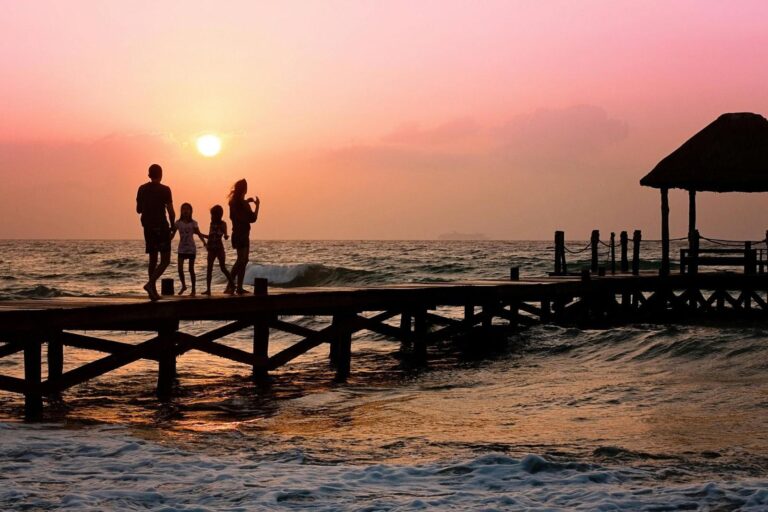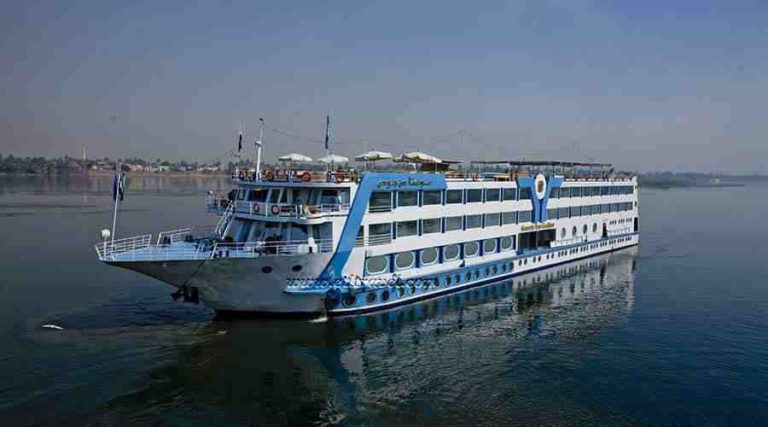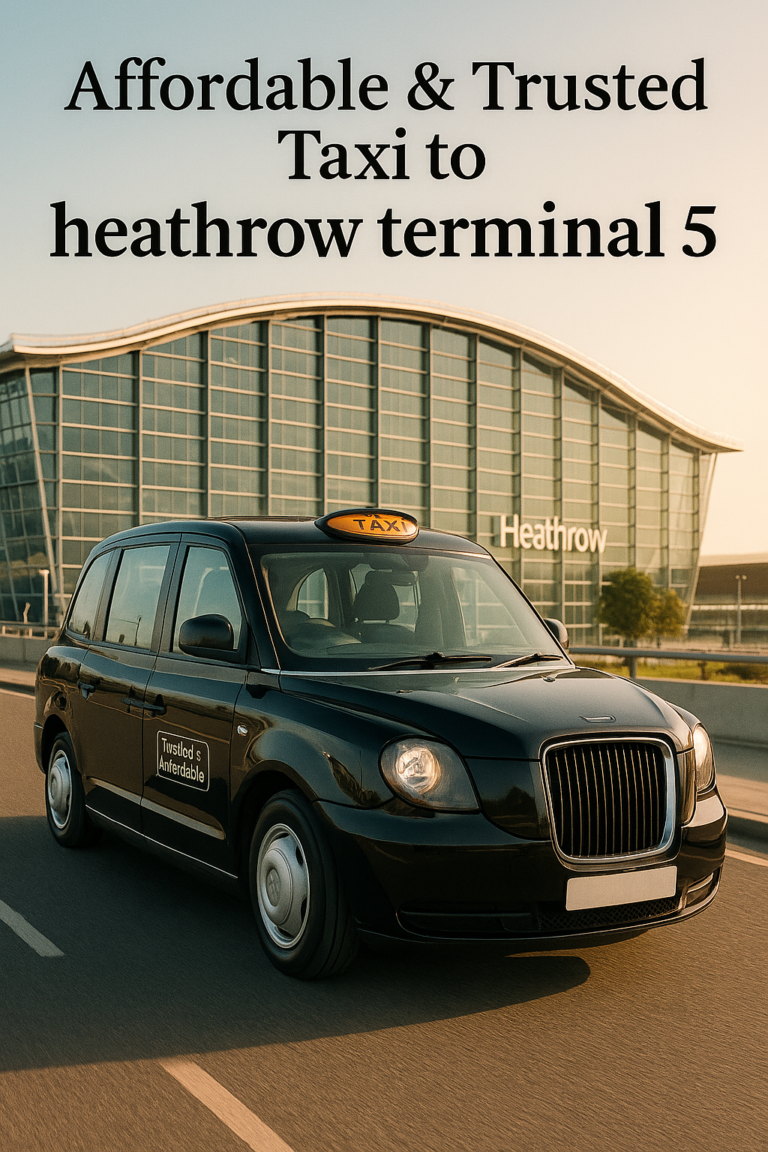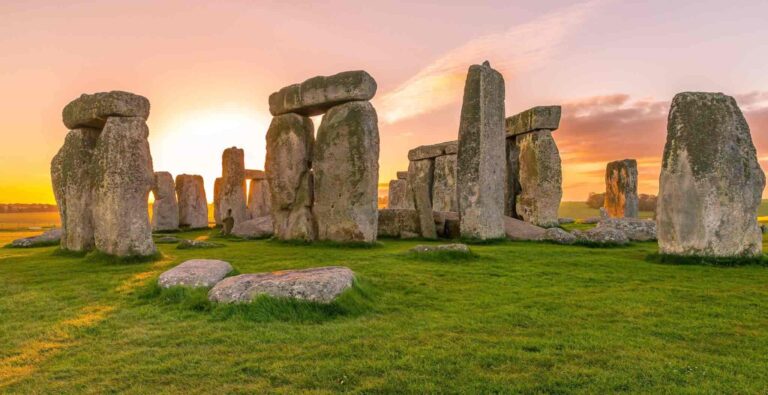A Traveler’s Guide to South Korea in Winter: Best Experiences and Destinations
Wintertime South Korea seems like entering a heavenly paradise. From snow-covered mountains to cheerful city streets dotted with glittering lights, this season turns the nation into a distinctive tourism destination. During the colder months, there is something unique for everyone whether your interests are in skiing down powdered slopes, eating warm street food, or celebrating cultural events.
Staying in touch is crucial before you start your trip. Whether you’re locating the greatest restaurants in busy marketplaces or negotiating snowy mountain paths, dependability of internet is really essential. eSIM technology then comes in quite useful. Using eSIM for Korea will let you remain online all while your journey without having to change actual SIM cards. It guarantees you’re ready to discover all South Korea has to offer this winter and is simple to set up.
Why Visit South Korea in Winter?
Winter South Korea presents a combination of stunning scenery, fun activities, and a more sedate vacation experience.
Seasonal Beauty
In winter, the natural beauty of the nation achieves still another degree. Mountains are covered with snow; rivers freeze into glittering sheets; and calm settings produce postcard-perfect images. Especially more enchanted at this time are places like Nami Island or Hallasan Mountain.
Winter Festivals
Festival honoring winter customs brings South Korea alive. One of the most well-known events is the Hwacheon Ice Fishing Festival, when guests may fish across frozen rivers, ride sleds, and attend cultural events. Celebrations of this kind allow you to taste the rich customs of the nation.
Fewer Crowds
Many times, winter travel results in less visitors to well-known sites. Less packed palaces in Seoul, shopping areas, and temples lets you savor the experience at your own speed
Read more : nandos-menu
Best Experiences in South Korea During Winter
1. Snowboarding and Skiing
With its well-kept ski resorts providing first-rate conditions, winter sports are a primary draw in South Korea.
Known as the “Alps of Korea, Yongpyong Ski Resort has a range of slopes for both beginners and specialists. Alpensia Resort features facilities for both skiing and snowboarding and held activities during the Winter Olympics.
If you’re a first-time skier, most ski resorts also provide rentals and lessons so you won’t have to worry. Particularly on weekends, booking ahead is advised.
2. Winter Festivals
In South Korea, winter is observed with vibrant celebrations emphasizing the best activities of the season.
Held in Gangwon Province, the Hwacheon Sancheoneo Ice Festival is well-known for ice fishing—that is, for catching trout in frozen rivers. To delight you also find ice sculptures and snow sledding. A must-see for those who enjoy snow, Taebaeksan Mountain Snow Festival boasts breathtaking snow sculptures and hiking paths encircled by immaculate white scenery.
Though not limited to winter, the Seoul Lantern Festival turns Cheonggyecheon Stream into a magnificent show of lit lanterns.
3. Ice Skating in Seoul
Try ice skating in Seoul’s famous rinks for a leisureful city experience:
Seoul Plaza Ice Skating Rink: A reasonably priced and family-friendly venue right in the middle of the city. Olympic Park Ice Rink is a bigger rink encircled in lovely winter landscape.
Both provide an excellent approach to unwind and absorb the holiday mood.
4. Korean Winter Street Food
One highlight of the season is investigating South Korea’s winter food. Everywhere you look, street food vendors with cozy, homey cuisine abound.
Sweet pancakes packed with brown sugar, almonds, and cinnamon called hotteok. Popular street snack all year round, tteokbokki are spicy rice cakes. Perfect for warming a cold day, odeng is skewered fish cakes presented in hot broth.
For the greatest diversity, head to markets like Myeongdong Street Food Alley or Gwangjang Market.
Top Winter Destinations in South Korea
1. Seoul
Even in winter, the capital city presents a fusion of history, culture, and contemporary attractions.
Gyeongbokgung Palace: One finds amazing sight when seeing the snow-covered palace. Additionally available for pictures is traditional Hanbok attire for rent.
Bukchon Hanok Village: Wander around the classic Korean homes in Bukchon Hanok Village amid snow-covered streets.
Namsan Tower: See panoramic views of a snow-covered Seoul by cable car journey up Namsan Mountain.
Seoul is likewise a shopping heaven. For souvenirs, Insadong is fantastic; Dongdaemun Design Plaza features chic winter wear.
2. Jeju Island
Jeju Island, noted for its natural beauty, presents special winter activities.
Hallasan Mountain: Hallasan Mountain is a dormant volcano that transforms into a snow-capped paradise in winter that draws hikers with its lovely paths.
Jeju Stone Park: Discover the volcanic past of the island at Jeju Stone Park and savor the peace of winter surroundings.
Take advantage of the opportunity to taste the winter-time in-season citrus fruits from Jeju.
3. Nami Island and Petite France
From Seoul, these locations are ideal for a day excursion just a short distance apart.
Nami Island: Covering in snow, Nami Island is a romantic location with lovely scenery and paths lined with trees.
Petite France: Not far by a French-inspired community with quaint eateries and architecture.
Both locations are fantastic for slow, leisurely exploration and photography.
4. Gangwon Province
Winter sports and leisure find their center here.
Odaesan National Park: Perfect for trekking over snow-covered paths surrounded by serene landscape is Odaesan National Park.
Hot Springs: After a day of sight-seeing, relax in one of the hot springs in the area—like Seorak Waterpia.
Chuncheon: Known for Dak Galbi, a fiery chicken stir-fry ideal for winter warming up, Chuncheon is home.
How to Stay Connected While Traveling in South Korea
Winter travel can lead to far-off places like mountain paths or ski resorts, hence dependable connectivity is absolutely necessary.
You can keep online all through your journey using an eSIM. Before getting to South Korea, it’s simple to activate and provides access to local data plans free from the trouble of actual SIM cards. Having an eSIM guarantees a seamless experience whether your needs include instructions, check weather updates, or booked events.
Winter Travel Tips for South Korea
1. Pack Warm Clothes
Particularly in the northern parts, South Korea’s winter may get rather frigid. To keep cozy, pack thermal layers, gloves, caps, and waterproof boots.
2. Learn Basic Korean Phrases
Though many residents speak English in tourist regions, knowing a few phrases like “Annyeonghaseyo,” (hello) and “Kamsahamnida,” (thank you) can be quite beneficial.
3. Use Public Transportation
South Korea boasts a first-rate system of transportation. Reliable even in winter are buses, subways, and trains.
4. Plan Ahead
Check schedules and weather updates ahead of time since some outdoor activities or paths may close due to lots of snow.
Conclusion
Winter South Korea offers a spectacular experience combining breathtaking scenery, joyous events, and distinctive cultural experiences. There is something for everyone whether your activities are street cuisine in Seoul, skiing in Gangwon Province, or trail running on Jeju Island.
Remember to pack warmly, get ready for winter activities, and use an eSIM to remain in touch while you schedule your vacation. South Korea is the ideal place to make lifelong winter memories with so much to see and do.








